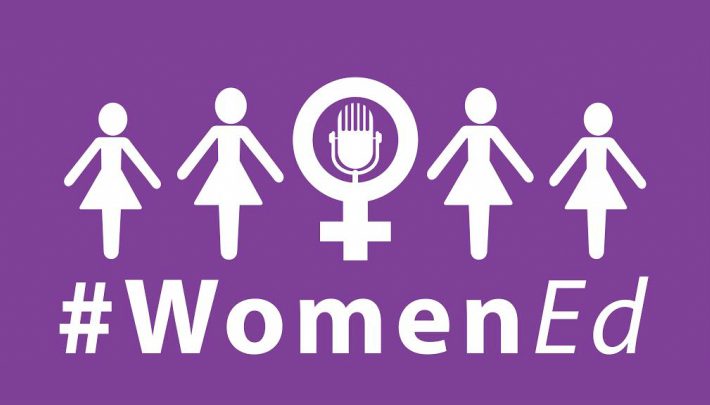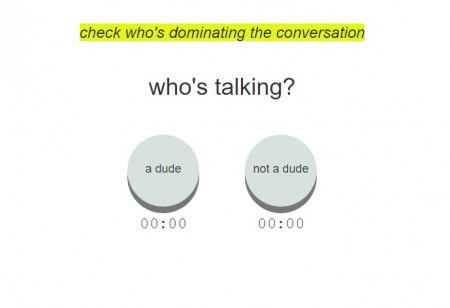What I Learned As A White Male Head At #WomenEd

Chris Hildew was one of only five men at this year's #WomenEd Unconference. His experience was an amazing, essential wake-up call

- by Chris Hildew

As a straight, white, male headteacher I’m used to being in the majority when I go to conferences.
I’ve become accustomed to sitting in big rooms full of lots of people just like me.
But earlier this year I attended a conference that was very different: the second annual #WomenEd Unconference in Reading. I was one of only five men there, and it’s fair to say it was a bit of a wake-up call.
I’ve never normally been shy about making my voice heard. I don’t like those awkward silences when people ask for contributions or feedback and everyone’s too self-conscious to speak up.
But sitting in the hall at #WomenEd, I shrank back.
I wasn’t sure if my voice would be welcome, if my contributions would be valued, or valid, or if I would fall into the trap of ‘mansplaining’ and assuming that I knew best – or, in fact, that I knew anything at all – about issues for women in school leadership.
My fears were unfounded. #WomenEd is an inclusive organisation, where everyone’s voice is welcomed. Colleagues within the group explicitly reached out and ensured that men’s voices were heard in the debate, both through the inclusion of a #HeForShe panel in the programme and throughout the day.
But how often on the conference circuit is an explicit effort made to ensure that women’s voices are heard on panels? From the floor, in keynotes, in workshops?
I shudder at the number of all-male panels I’ve seen, which initiatives like Token Man have been set up to address.
If we’re going to achieve gender equality within school leadership, it’s up to men, as well as women, to do something about it. It’s incumbent on all of us to ensure that the voice of the straight white man does not dominate the conversation and, in doing so, silence others.
At #WomenEd, I spoke about five things we can all do to improve the situation:
1. Make sure women’s ideas are heard There’s a great little website app at arementalkingtoomuch.com which you can use to check who’s speaking at any meetings – men or women. Try it in your next team meeting and think carefully about who’s getting the most airtime.

2. Challenge the ‘likeability penalty’ In Lean In, Sheryl Sandberg notes that “when a man is successful, his peers often like him more; when a woman is successful, both men and women often like her less”. At every point, it’s important to challenge the likeability penalty, asking colleagues (and yourself), “Would you have the same reaction if a man did the same thing?”
3. Support mentorship and coaching #WomenEd are advocating the Women Leading in Education coaching pledge from the National College for Teaching and Leadership, but coaching can happen on any scale in any school to empower and build confidence.
4. Celebrate women’s accomplishments Having models to emulate matters for all of us. Highlighting examples blazes a trail for others to follow.
5. Encourage women to go for it It’s my role as a headteacher to spot potential, develop it and make the most of it. Encouraging anyone with potential to go for an opportunity benefits the school you’re working in and, as people move on, the wider system too.
Find out more about #WomenEd here.











